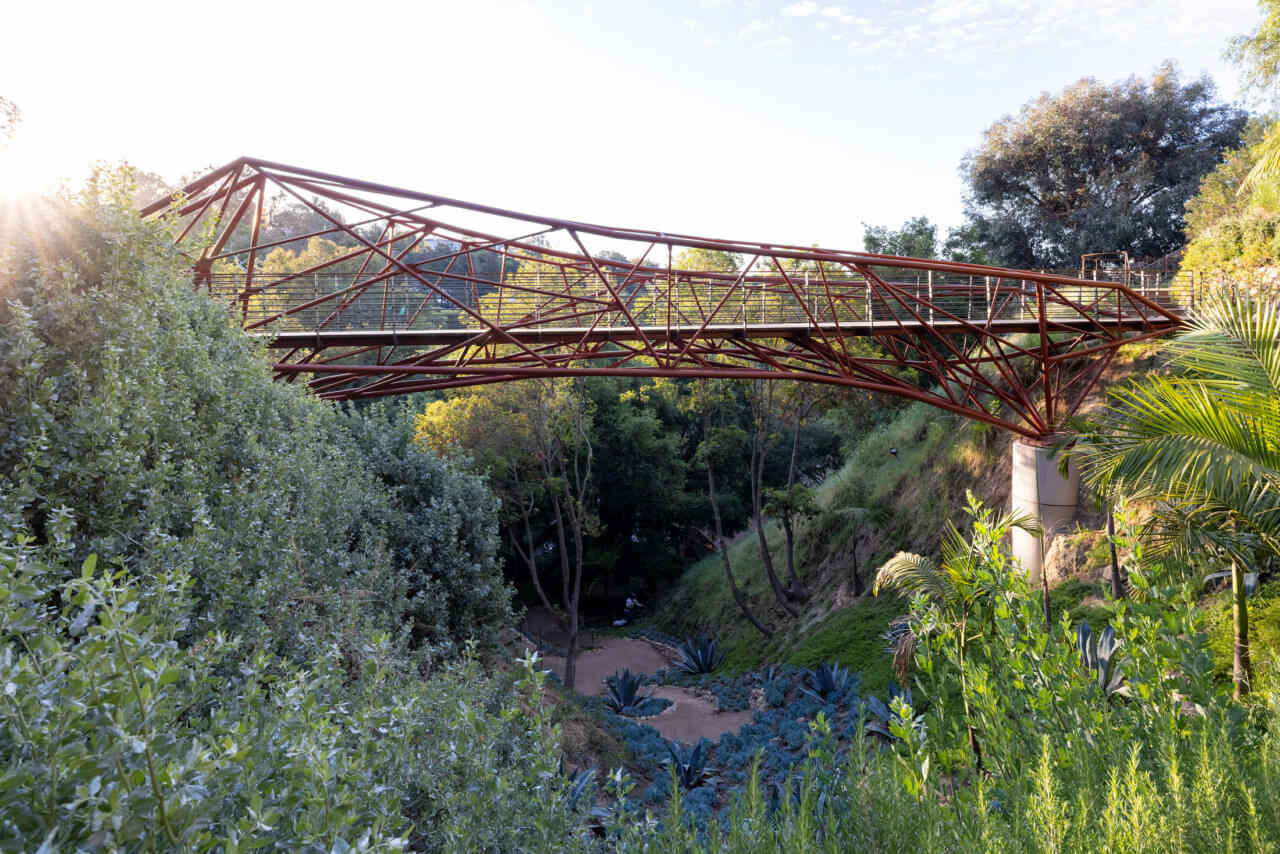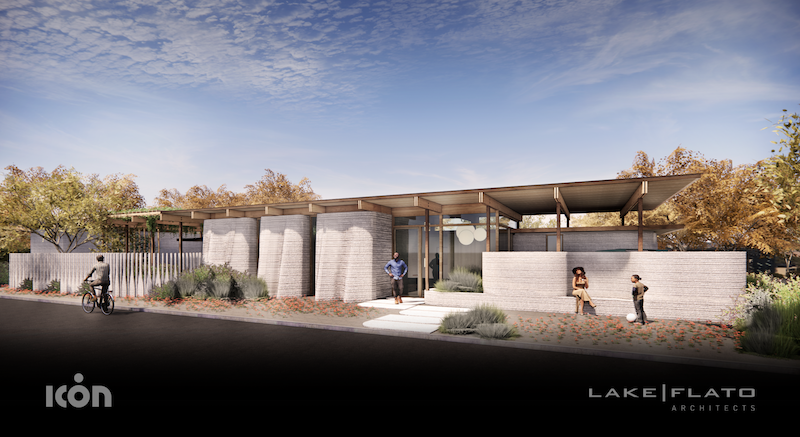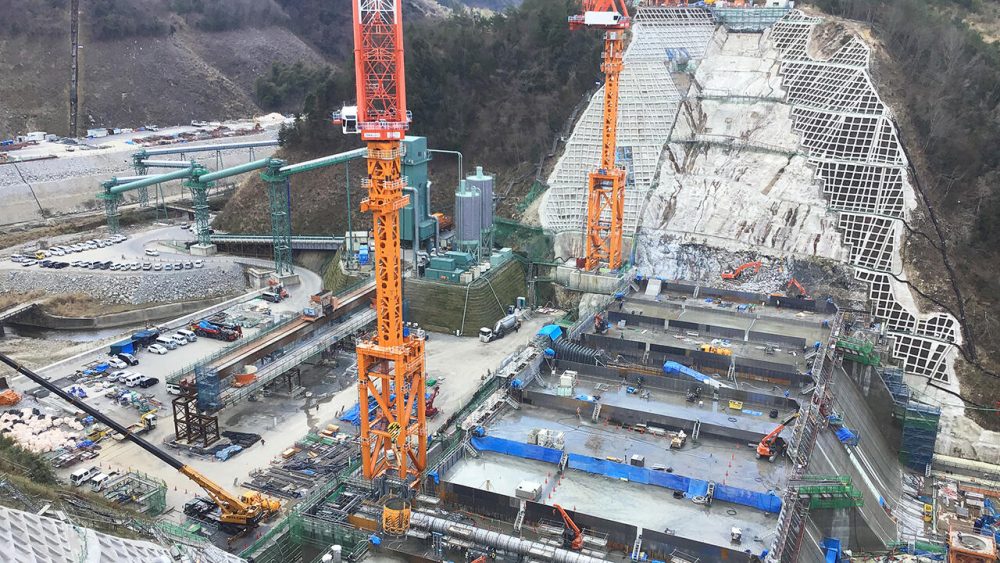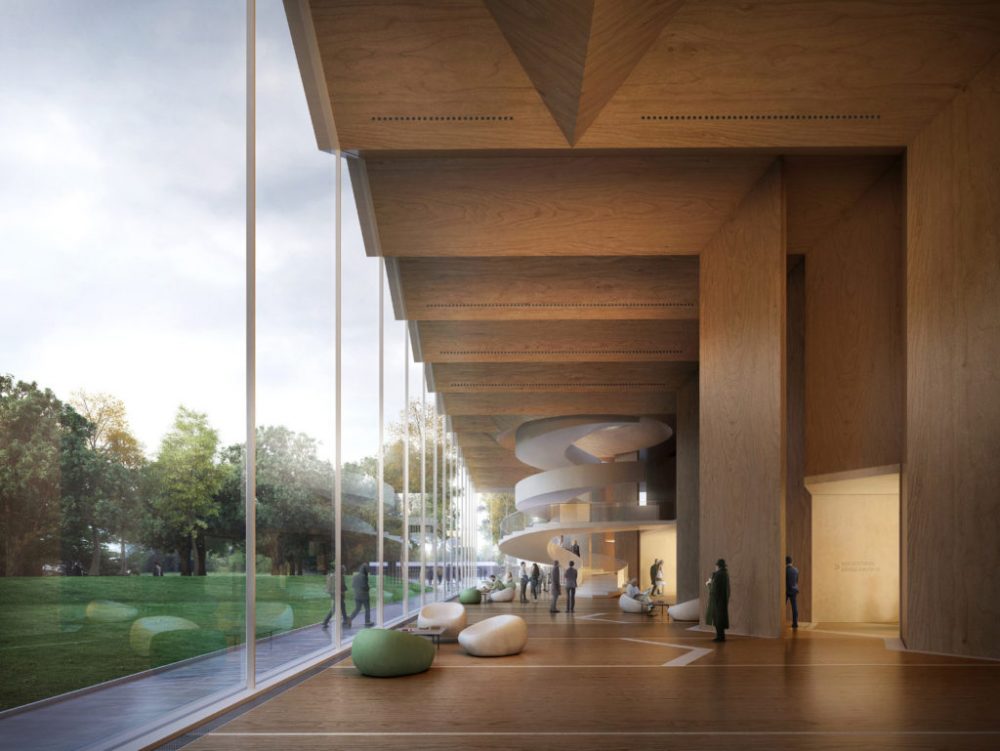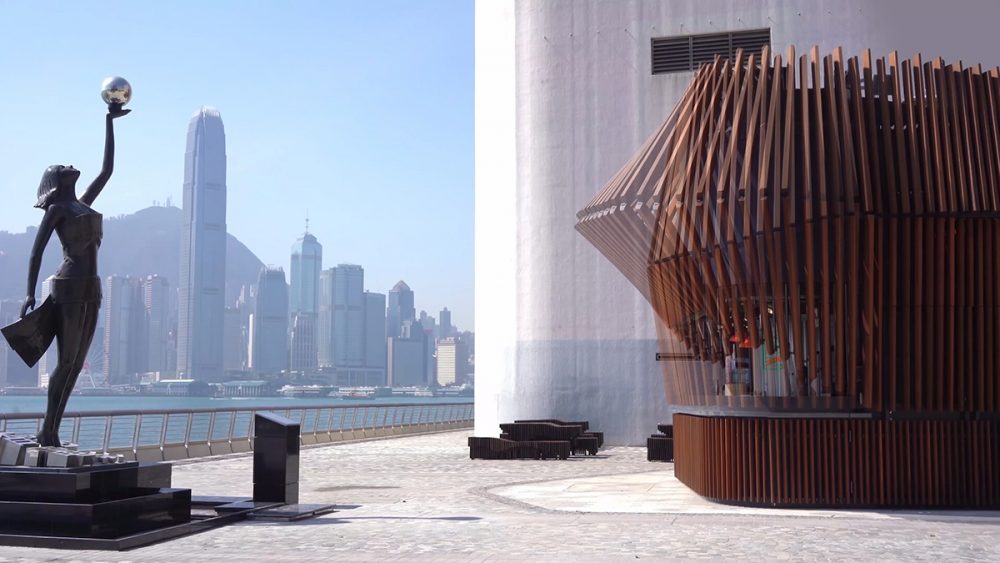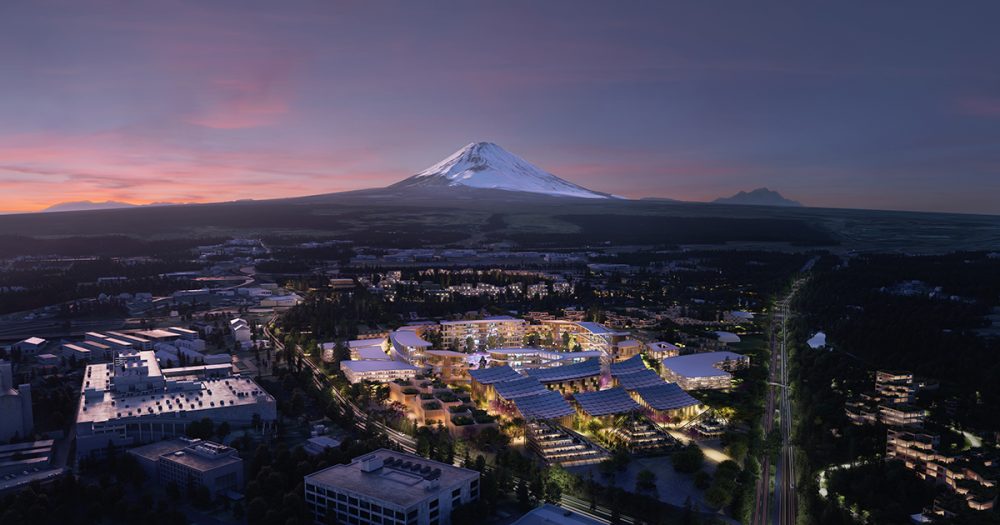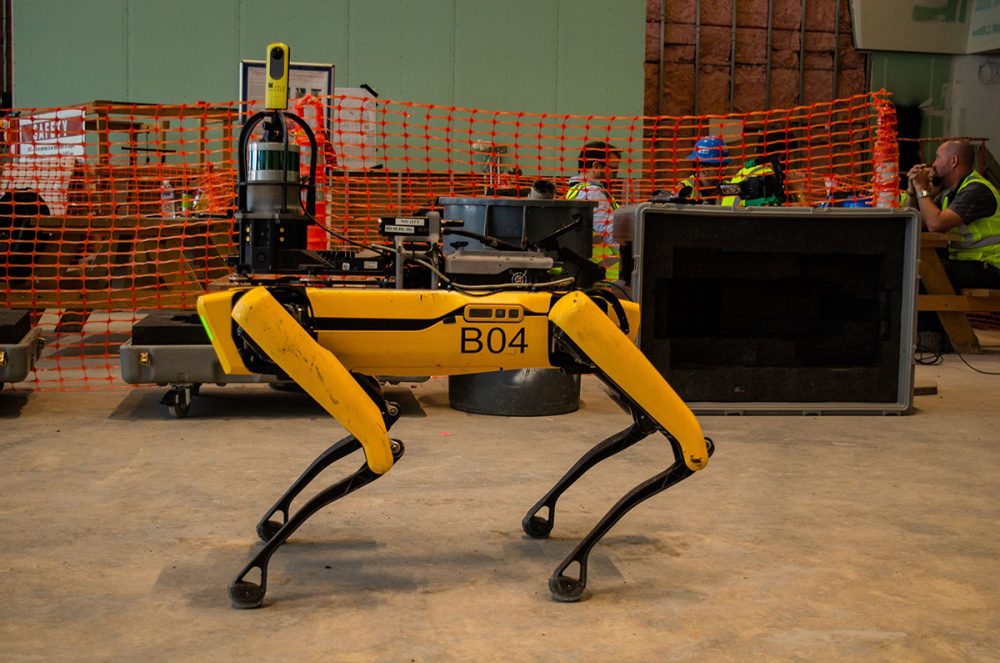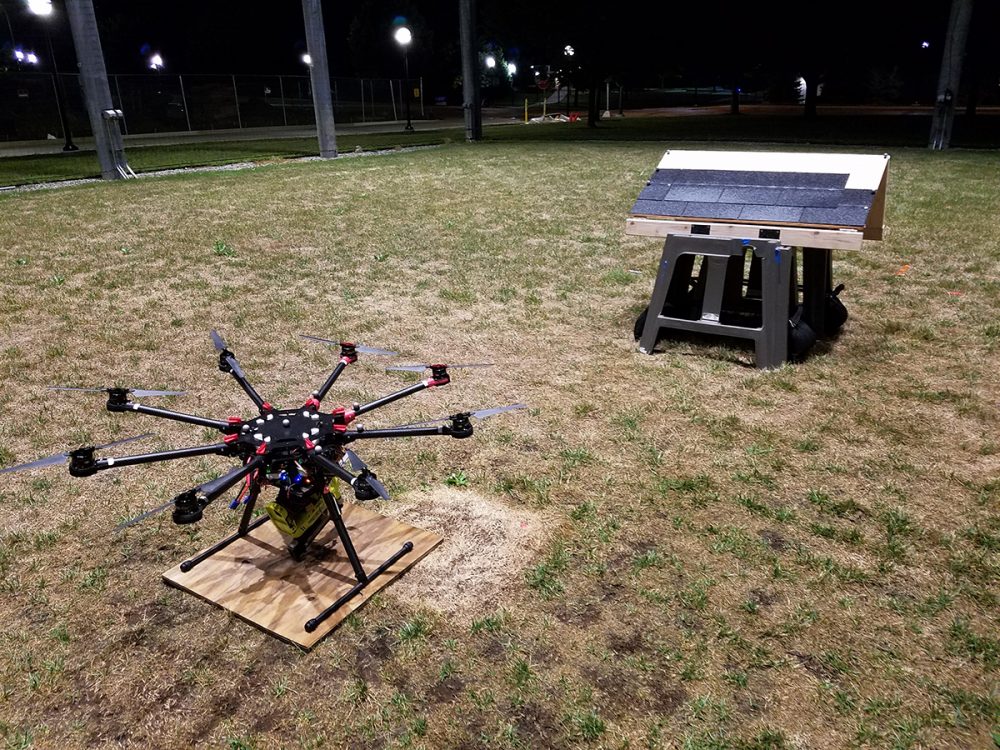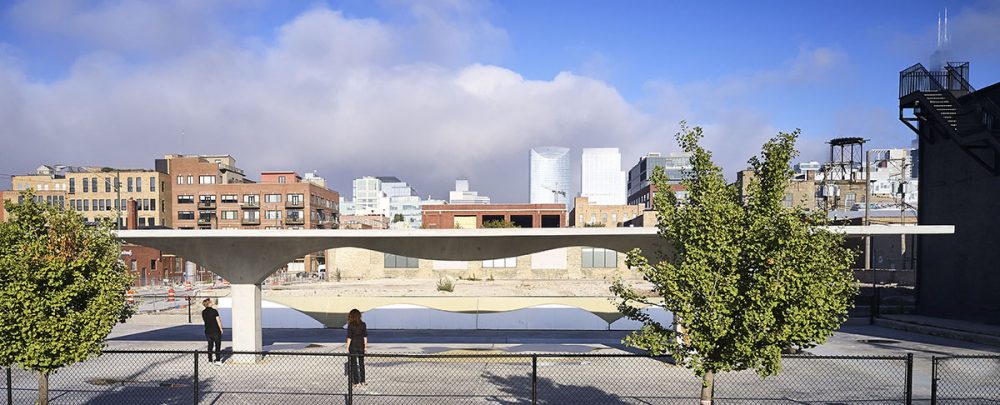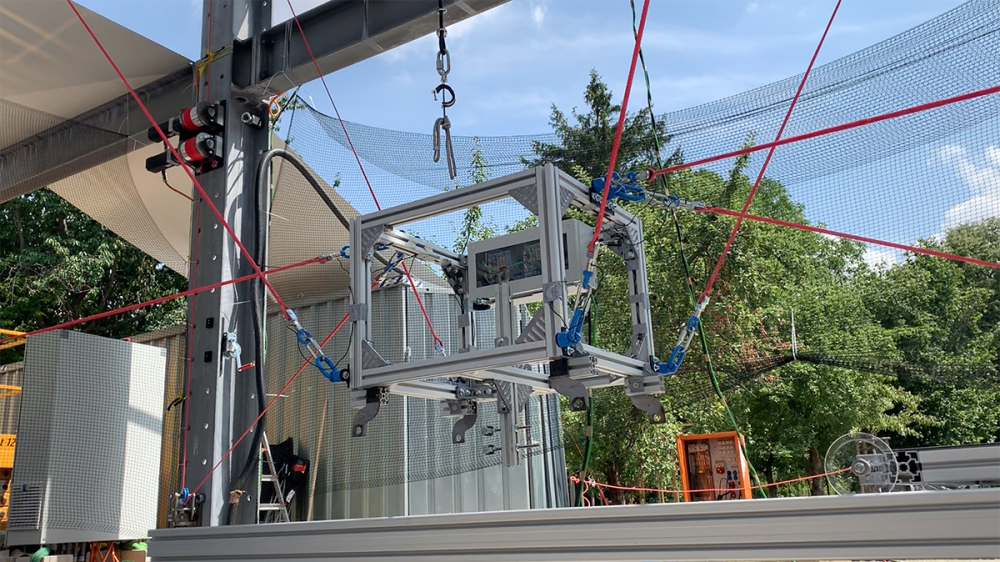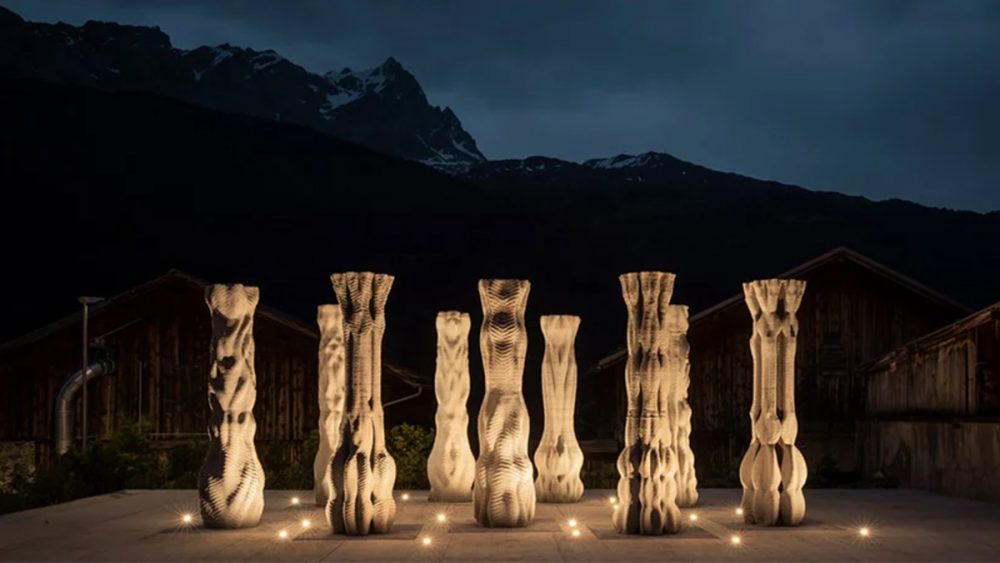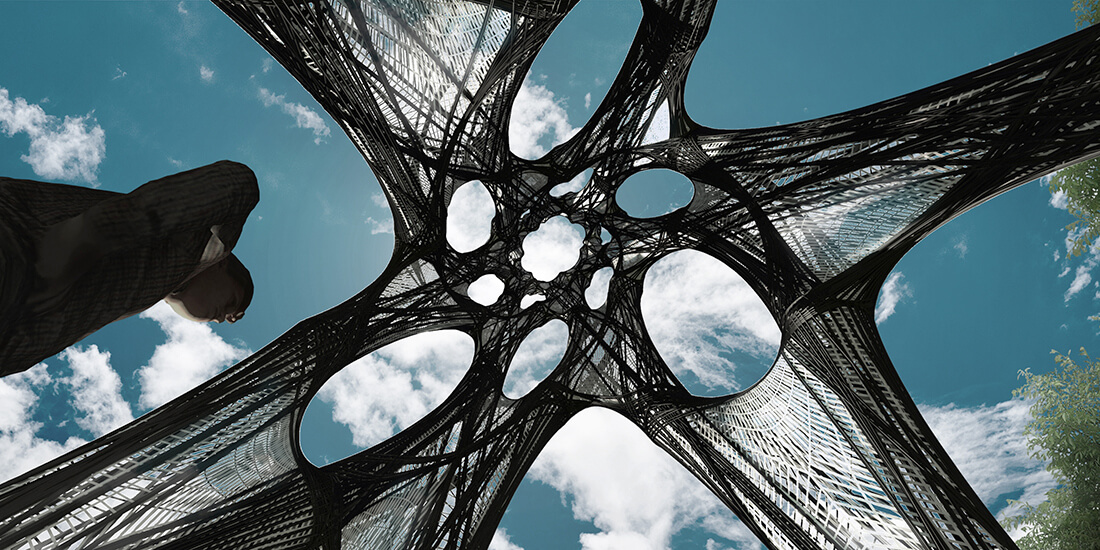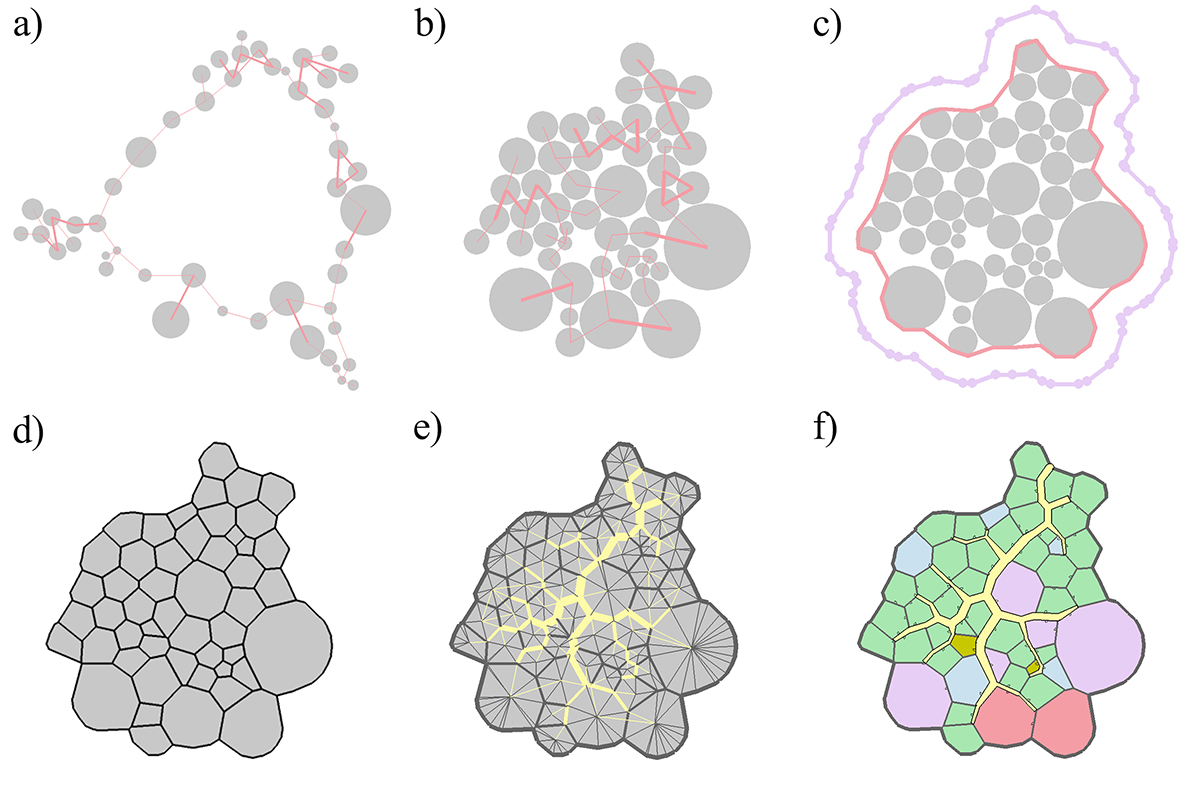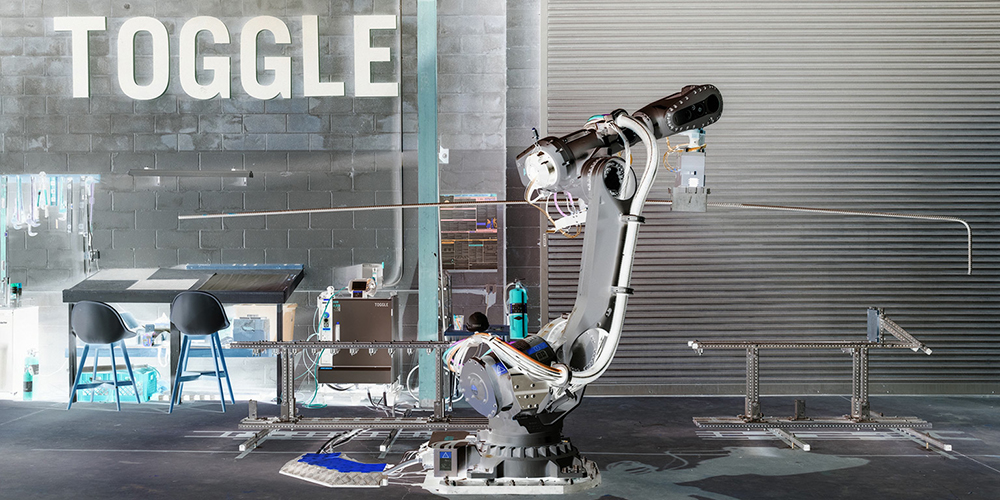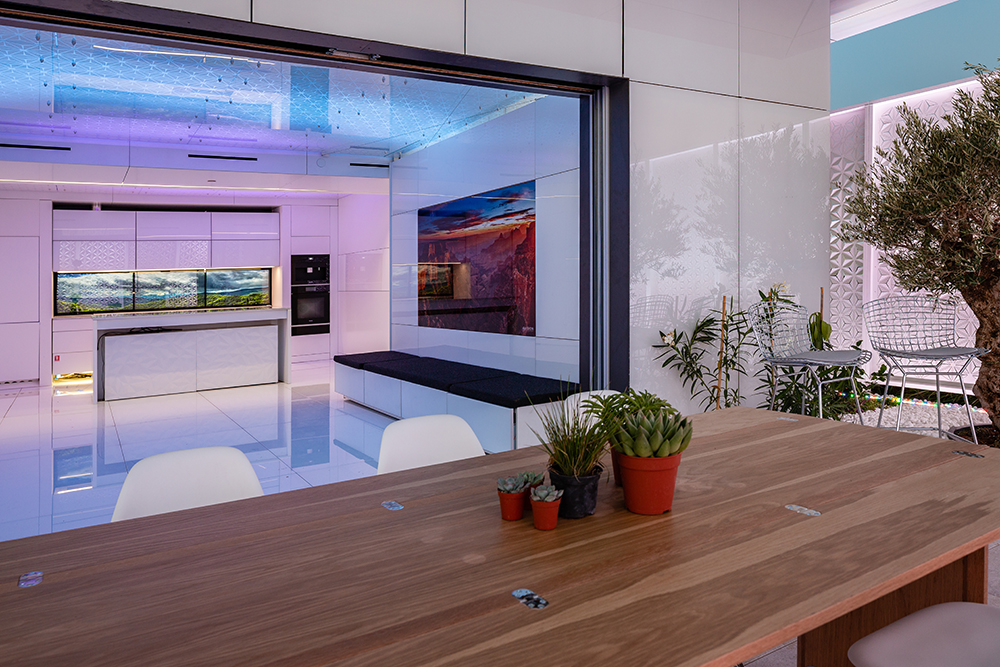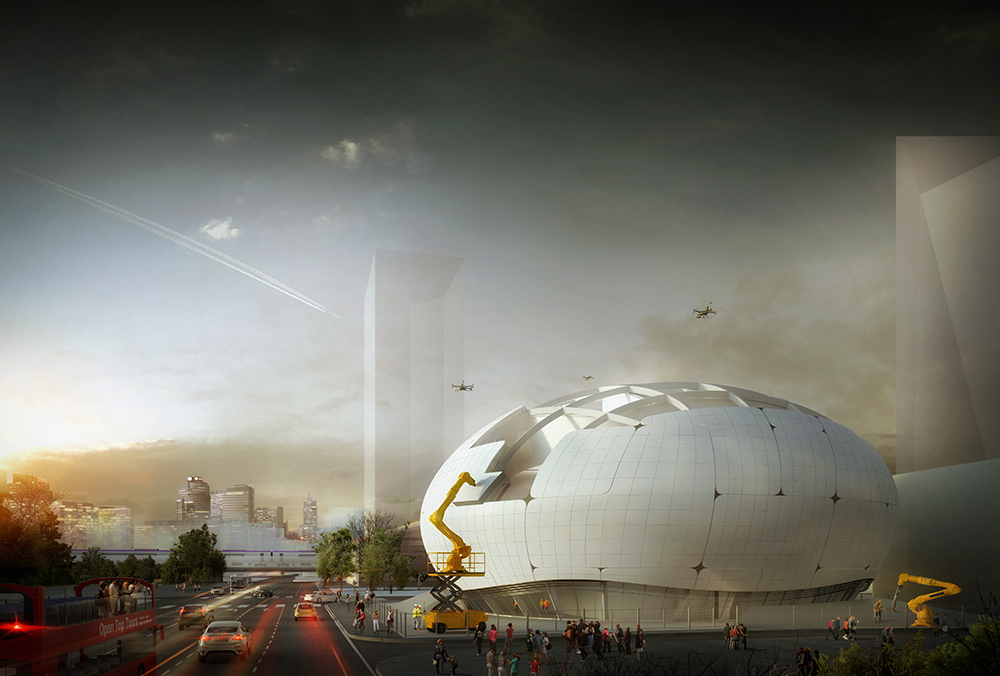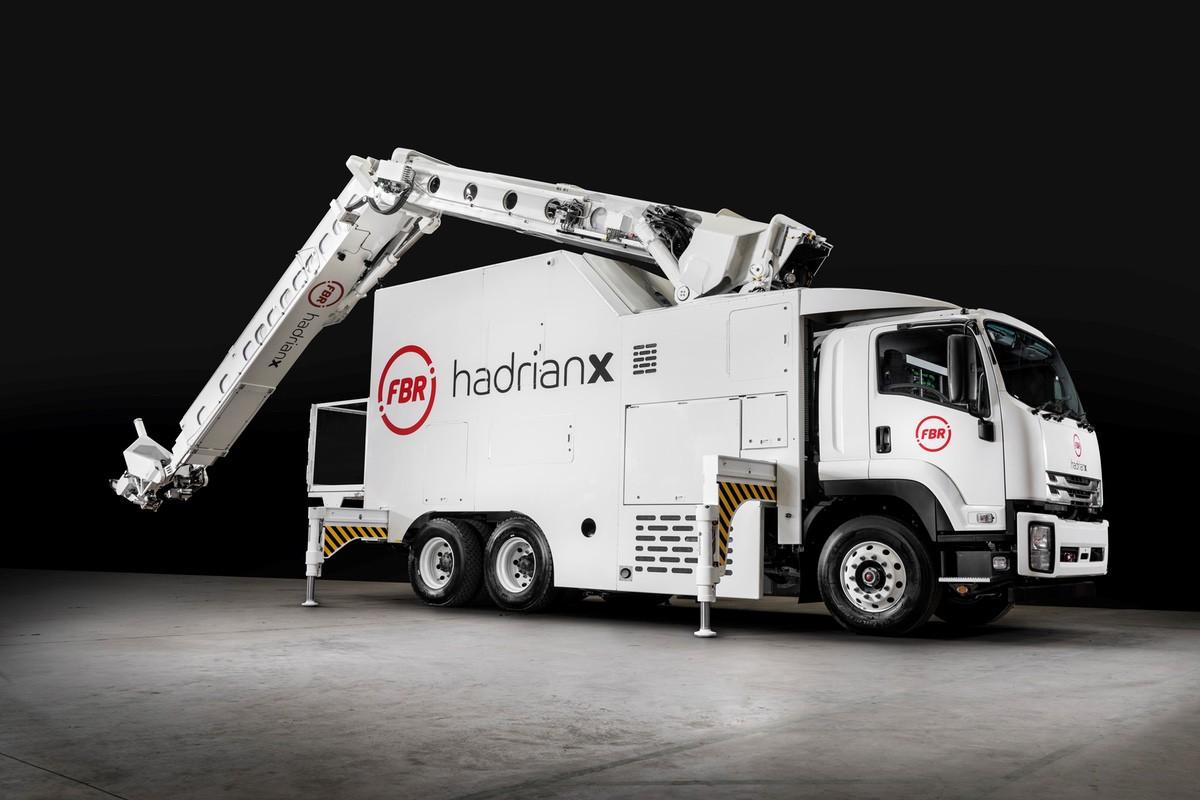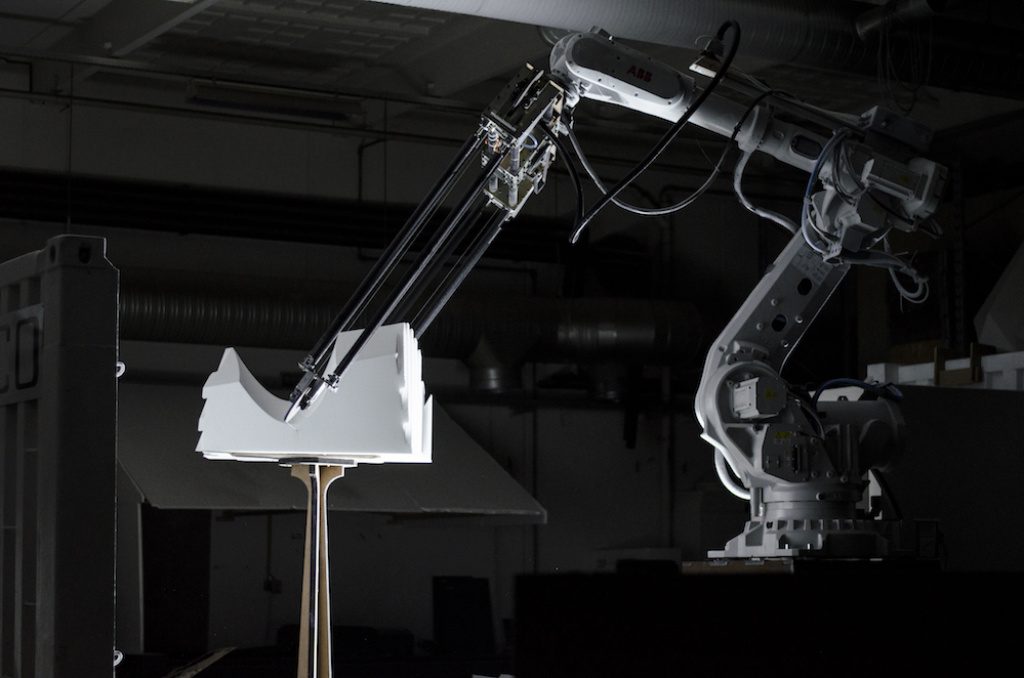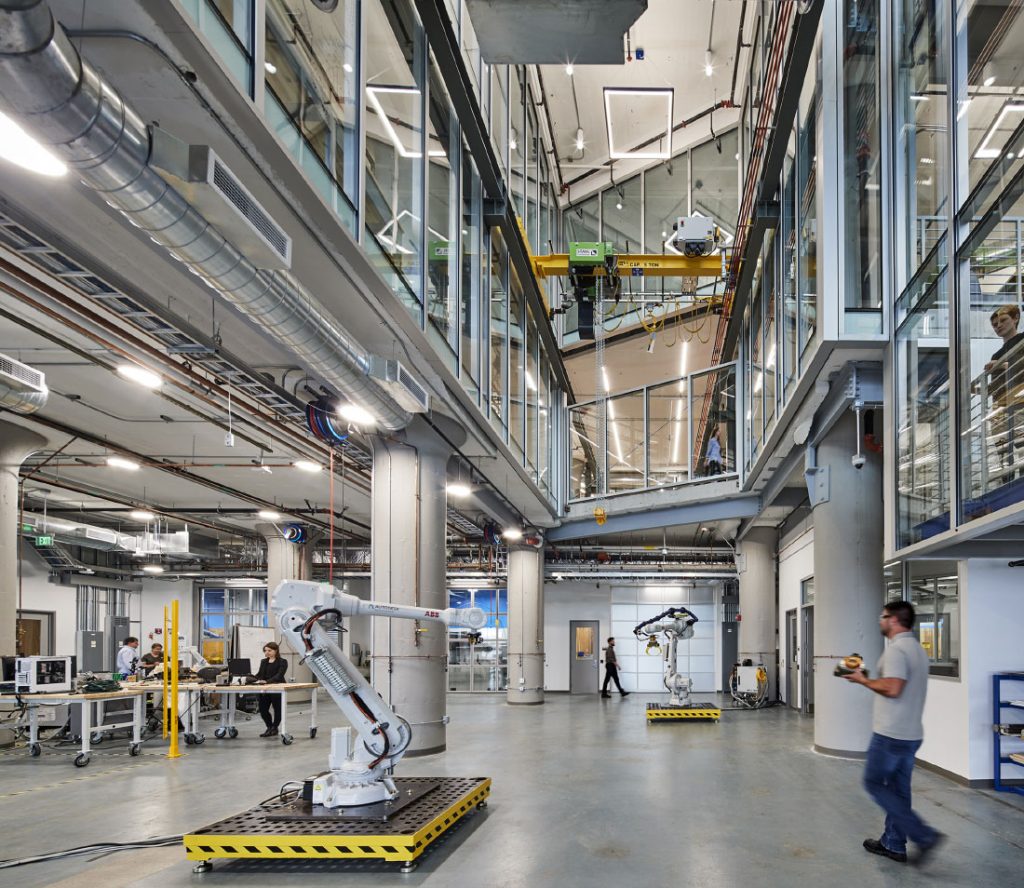Over the last few years, the Los Angeles area has seen a great influx of infrastructural and placemaking projects that emphasize the status of the pedestrian within the city, ranging from Frank Gehry’s reenvisioning of the L.A. River to the ongoing construction of Destination Crenshaw. The Arroyo Bridge, which wrapped up construction at the beginning of the pandemic but was only recently
ICON, the Texas-based robotics and advanced materials construction company with lunar ambitions, has announced a new series of (earthbound) 3D-printed homes designed in collaboration with a slew of top architects. San Antonio- and Austin-based Lake|Flato Architects is the first to be tapped for the so-called Exploration Series, which according to ICON, will “develop new design languages and architectural vernaculars” with collaborating architects
Japan is facing a labor shortage: As the country continues to age, with 35 percent of the workforce is over 55, the construction industry is looking towards new ways to fill its widening labor gap (Japan has been relaxing its notoriously strict immigration policy towards lesser-skilled workers, but very slowly). One of those solutions is
Every so often, the field of architecture is presented with what is hailed as the next “miracle building material.” Concrete enabled the expansion of the Roman Empire, steel densified cities to previously unthinkable heights, and plastic reconstituted the architectural interior and the building economy along with it. But it would be reasonable to question why
Hong Kong-based firm LAAB Architects has realized the robotic Harbour Kiosk along the Avenue of the Stars, a stretch of the city designed as a tribute to Hong Kongese cinema, on the Tsim Sha Tsui waterfront. Originally asked to create a 108-square-foot food kiosk, the architects instead opted to combine the kiosk with a nearby
Yesterday at the Consumer Electronics Show in Las Vegas, Toyota and BIG unveiled a new concept for a high-tech “Woven City” to be built at the car maker’s 175-acre former factory site at the foothills of Mount Fuji, in Japan. “In Higashi-Fuji, Japan, we have decided to build a prototype town of the future where
Reality capture has revolutionized construction by increasing job site efficiency and safety and allowing for quick responses to design and building challenges. However, save for the use of drones, often operated by humans, on-the-ground monitoring has required the relatively traditional (and labor-intensive) task of walking around and taking photos and collecting data to feed into
There have been many uses proposed for drones: photography and videography, certainly; package delivery, and aerial 3D mapping. Now, researchers at the University of Michigan have proposed yet another possibility for these scaled-down aircraft—as flying nailguns. While the FAA may have banned people from attaching flamethrowers to their octocopters, U of M researchers say the
For the Chicago Architecture Biennial opening on September 19, SOM debuted a concrete pavilion called Stereoform Slab to showcase the latest in material and manufacturing technology. As much as 60 percent of a building’s carbon footprint can result from the creation of concrete slabs, according to SOM. By developing new fabrication methods and integrating robotic
This summer, to celebrate the centenary of the Bauhaus, the Bauhaus-Universität Weimar in Weimar, Germany, hosted an exhibition called sumaery2019. At the exhibition, the university showcased some of the latest innovations in robotics, displaying a cable-driven robot that 3D printed cementitious material, designed by a team led by professor Jan Willmann, in cooperation with the
For the Origen Festival in Riom, Switzerland students in the Masters of Advanced Studies in Architecture and Digital Fabrication program at ETH Zurich, guided by researcher Ana Anton, 3D printed nine unique, computationally-designed columns with a new layered extrusion printing process developed at the university over the past year and a half. ETH students and
Most 3D printers, no matter their size, operate in a pretty similar way: they move along a grid to deposit material, sliding on axes in a fixed manner within a frame. Even those with more flexible arms remain fixed at a point. GXN, the research-focused spinoff of the Danish architecture firm 3XN, is looking to
Since Dutch designer Iris van Herpen opened her eponymous atelier in 2007, the brand has become the face of high-tech fashion. Often the first to embrace new technologies like laser cutting and 3D printing in her fluid and futuristic forms, van Herpen has designed pieces worn by the likes of Solange and Rihanna, and, on the
Exhibit Columbus, the annual celebration of mid-century and contemporary design in Columbus, Indiana, will be showing off new possibilities of materials that unify support and envelope. This August, two of the festival’s six University Design Research Fellows will present this work as part of a brand new fellowship program. Marshall Prado, a professor at the
“Movement was always an underlying instigator to how I look at form,” explains architect Amina Blacksher, who began ballet at age six. Her work crosses boundaries and unifies seemingly disparate practices, as she now, among many other things, uses the tools and methods of an architect to investigate the place of robots in our lives
What if we could “breed” buildings to be more efficient? That’s the provocation by artist, designer, and programmer Joel Simon, who was inspired by the potentials of 3D printing and other emergent digital manufacturing technologies, as well as his background in computer science and biology, to test a system of automated planning. With a series
Two Brooklyn-based construction entrepreneurs began their business with a simple observation: steel rebar, used in concrete construction throughout the world, isn’t always easy to work with. Ian Cohen and Daniel Blank noticed this when they were watching wind turbines being erected. “Watching the process of people manually moving these huge, heavy objects looked dangerous and
New housing is coming to Times Square, at least temporarily. The Virginia Tech team of students and faculty behind the FutureHAUS, which won the Solar Decathlon Middle East 2018, a competition supported by the Dubai Electricity and Water Authority and U.S. Department of Energy, will bring a new iteration of its solar-powered home to New
ETH Zürich’s high-tech showhome opened its doors this past week. The three-story DFAB HOUSE has been built on the NEST modular building platform, an Empa– and Eawag–led site of cutting-edge research and experimentation in architecture, engineering, and construction located in Dübendorf, Switzerland. The 2,150-square-foot house, a collaboration with university researchers and industry leaders, is designed
The soon-to-be-built Robot Science Museum in Seoul, South Korea, will be a robotics exhibition itself. The museum, to be designed by Turkish firm Melike Altınışık Architects (MAA), will be built by robots when construction begins next year. In this way, the construction of the building itself will be the museum’s “first exhibition,” according to principal
Buzz around robotics in architecture has been steadily building for some time now, though it’s only in the last few years that the technology has seen much real-world action. However, robotic construction technology is seemingly one step closer to the commercial market as Australian company FBR has unveiled plans to bring its robotic bricklaying arm,
In Aarhus, Denmark’s second largest city, a consortium of architects, engineers, and manufacturers are advancing the capabilities of concrete construction formwork and advanced design. This effort culminated in a recently unveiled 19-ton prototype dubbed Experiment R. The project, led by the Aarhus School of Architecture, Odico Formwork Robotics, Aarhus Tech, concrete manufacturer Hi-Con, and Søren Jensen Consulting Engineers, tackles the waste associated with
Meet the incubators and accelerators producing the new guard of design and architecture start-ups. This is part of a series profiling incubators and accelerators from our April 2018 Technology issue. Located on the first two floors of a concrete-framed former army base in South Boston, Autodesk’s BUILD Space (BUILD stands for building, innovation, learning, and design), which opened in
